Austenitic steels have a very important role in construction and manufacturing because of their peculiar properties. They provide outstanding mechanical properties, fatigue resistance and corrosion resistance. When picking stainless steel for your project, knowing its main uses and composition will definitely help you make better decisions.
What is Austenitic Stainless Steel (ASS)?
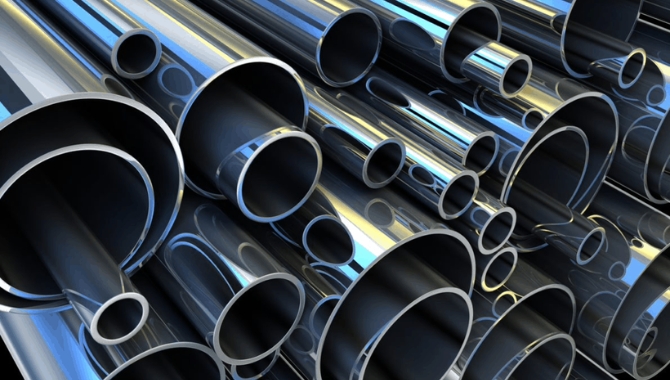
ASS is a non-magnetic alloy with a face-centered cubic crystal structure. Its high chromium and nickel content gives it extraordinary formability and corrosion resistance. The nickel content in ASS allows it to keep austenitic microstructure at room temperature. Compared to other stainless steel types, ASS has better weldability, ductility and toughness. It is the largest group in the stainless steel family with broadly used grades like 304 and 316.
Composition
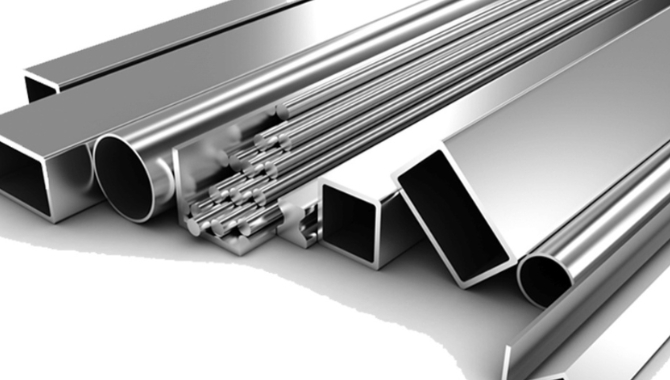
ASS has impressive properties due to its distinct combination of elements.
Core Elements
The accurate ratio of the basic elements determines the microstructure and properties of ASS. It mainly consists of three core elements:
- Iron (Fe): Iron forms the base metal usually making 65-74% of the alloy composition.
- Chromium (Cr): ASS contains 16-26% chromium by weight which is important for better corrosion resistance.
- Nickel (Ni): This element usually ranges from 6-22%. It stabilizes the austenitic structure and decreases the risk of brittle fracture.
Additional Elements
Beyond the primary iron, chromium and nickel, austenitic stainless steels also contain many other alloying elements. These additional elements are:
- Molybdenum (Mo): ASS has 2-4% molybdenum content to increase corrosion resistance particularly against cervice and pitting corrosion in chloride environments.
- Manganese (Mn): It is mostly present at 1-2% of the alloy and acts as an austenite stabilizer. Manganese can also replace nickel in some grades.
- Nitrogen: A small amount of nitrogen (N) (0.1-0.3%) is added to increase pitting resistance and strength.
- Carbon (C): Carbon content is kept low (<0.08%) to maintain corrosion resistance. It also gives strength to this steel in small quantities.
Properties of Austenitic Stainless Steels
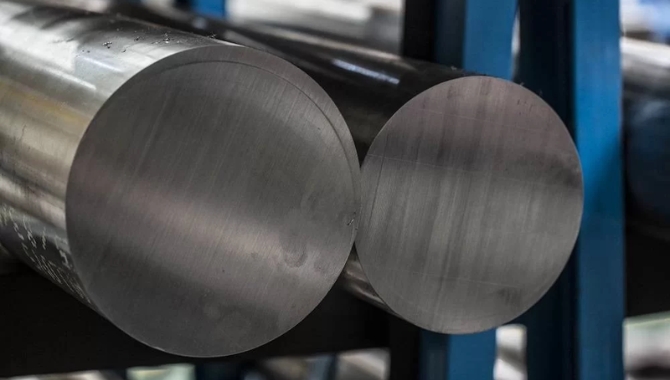
Austenitic steels have notable chemical, physical and mechanical properties. They make them appropriate for many applications.
Physical Properties
These stainless steels have a FCC crystal structure which provides them with outstanding ductility and non-magnetic features. They have low thermal conductivity (15-20 W/mk) and high electrical resistivity (70-80 μΩ cm). Density ranges from 7.7 to 8.0 g/cm3.
Due to high nickel content, austenitic steels have a high thermal expansion coefficient of about 16-18 × 10−6/°C. The particular arrangement of electrons and atoms in the FCC lattice is responsible for all these properties.
Mechanical Properties
Austenitic stainless steels have distinct mechanical properties due to their microstructure and composition.
Tensile Strength and Ductility: With an ultimate tensile strength of 485-515 MPa, austenitic stainless steels are strong. They also show remarkable ductility which permits enough plastic deformation before breaking. This combination of both properties increases their impact resistance and formability.
Fatigue Resistance: These steels have good fatigue resistance with endurance limit of 240-270 MPa. Work hardening capability and FCC structure of ASS make them perform better under cyclic loading conditions particularly in corrosive environments.
Work Hardening: Austenitic steels show outstanding work hardening capability due to their complicated alloying composition and high nickel content. During deformation, this property also increases strength, with strain hardening exponents of 0.4-0.6.
Weldability: Low carbon content makes austenitic stainless steels easy to weld. They can be welded using different processes like TIG, MIG and SMAW. But proper heat input control is important to avoid sensitization and to preserve corrosion resistance in heat affected zone.
Chemical Properties

Austenitic steel’s performs well in different environments thanks to its peculiar chemical properties.
Corrosion Resistance: ASS resists corrosion due to its chromium rich passive film. This self healing oxide layer of 1-3 nm thick protects the material from many corrosive environments. For grades like 316, addition of molybdenum makes them more resistant to pitting corrosion particularly in chloride containing media.
Stress Corrosion Cracking: Despite their toughness, austenitic stainless steels are vulnerable to stress corrosion cracking in chloride rich environments at temperatures above 60°C . This is due to the combination of corrosive media and tensile stress. Applying particular heat treatments and increasing nickel content can further increase resistance to SCC.
High Temperature Stability: At high temperatures up to 900°C, austenitic stainless steel provides outstanding stability. Its FCC structure resists phase transformation while nickel and chromium form protective oxide scales. These two factors keep its structural integrity and prevent rapid oxidation in high temperature use cases.
Types and Grades of Austenitic Stainless Steels
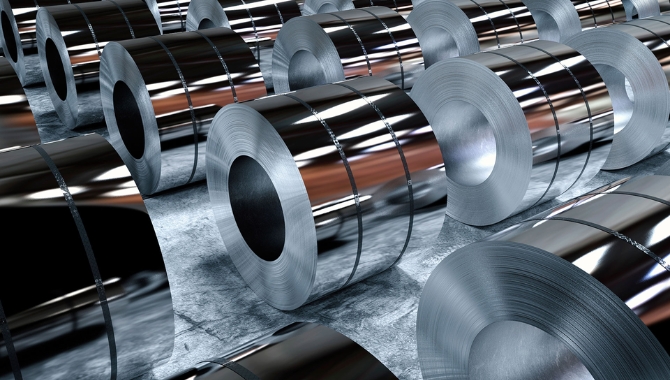
Austenitic steels are available in many forms and every grade is designed for particular type of uses. The 300 and 200 series gives special compositions and properties to meet different industrial needs. Let’s look at them.
300 Series
The 300 Series of ASS contains 18-30% chromium and 6-20% nickel. These alloys are known for better formability, high temperature strength and extraordinary corrosion resistance. Some common grades are 304, 316 and 321.
304 (18/8 Stainless): This grade has 18% chromium and 8% nickel. It gives impressive weldability, corrosion resistance and formability with a tensile strength of 515-720 MPa. Grade 304 is mostly used in architectural designs, food processing machines and kitchen appliances.
316: Grade 316 contains 2-3% molybdenum to increase corrosion resistance in chloride environments. This grade is better than 304 as it provides great pitting and crevice corrosion. With a 515-690 MPa tensile strength, 316 is preferred in pharmaceutical machines, marine uses and chemical processing.
321 and 347: These are stabilized ASS grades. 321 has titanium while 347 uses niobium. Both grades resist intergranular corrosion at high temperatures (800-1500°F). Their ability to keep structural integrity under tough conditions makes them appropriate for high temperature operation in aerospace and chemical processing.
200 Series
The 200 series has a lower nickel content and normally uses nitrogen and manganese in place of nickel. Grades of 200 series like 201 and 202 have high work hardening rates and strength. They can resist corrosion better but are more prone to stress corrosion cracking than 300 series.
201: This grade has 16-18% chromium, 5.5-7.5% manganese and 3.5-5.5% nickel. It has high strength (655 MPa tensile, 310 MPa yield) and work hardening capability. This distinct composition gives moderate corrosion resistance and good formability which makes 201 perfect for cost effective structural applications like roofing and handrails.
202: Grade 202 has 17-19% chromium and 4-6% nickel content with increased amount of manganese to preserve austenitic structure. It gives high strength (515 MPa tensile, 275 MPa yield), good formability and resistance against atmospheric and water corrosion. Grade 202 is less costly and used for architectural features and food processing equipment.
Main Applications of Austenitic Stainless Steels
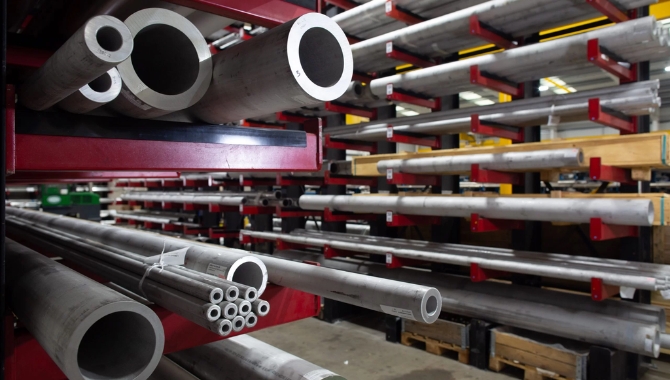
Because of their particular characteristics and qualities, austenitic steels are used in many industries. Here are some important uses of ASS in different fields.
Food Processing: Grades 304 and 316 are used in mixing vessels, tanks and pipelines. Their non-porous surface prevents bacterial growth while chloride resistance protects against cleaning agents.
Chemical Industry: Grade 316 finds uses in reactors, valves, heat exchangers, distillation columns and storage tanks due to its molybdenum content. Molybdenum increases resistance to chlorides, alkaline and acidic substances.
Pharmaceutical and Medical Devices: Austenitic grades 316L and 304L are mostly preferred in pharmaceutical machines and tools like mixing tanks, medical implants and piping systems. Their low carbon content increases corrosion resistance and prevents sensitization.
Power Generation and Heat Exchangers: Grades 304L and 316L are used in superheater tubes and condenser plates. Their high-temperature strength (up to 870°C) and resistance to steam corrosion guarantee long-term proficiency in power plants.
Exhaust Systems and Jet Engines: For heat shields, tailpipes and jet engine parts like vanes and blades, Grade 321 is used as it gives oxidation resistance, high temperature resistance and structural integrity.
Advantages and Challenges of Using Austenitic Stainless Steels
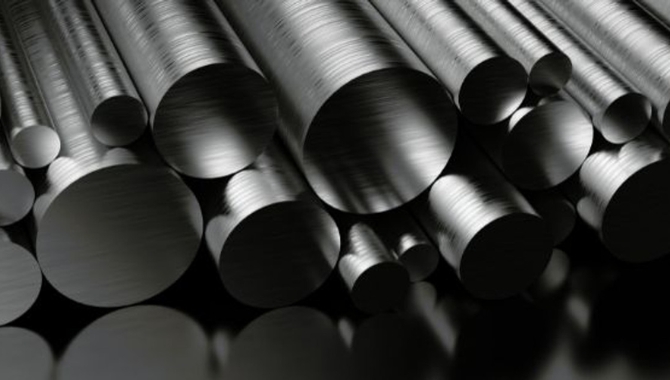
ASS have remarkable benefits, but they also have some limitations. We will start with its advantages first.
Advantages
- The self healing chromium oxide layer of austenitic stainless steels protects against all sorts of corrosive substances like acids, alkalis and chlorides.
- Their FCC structure gives high ductility and toughness which allows intricate shaping without compromising structural integrity. This facilitates different manufacturing processes.
- Even after cold working, austenitic grades remain non magnetic. This is why they are the first choice for applications where electromagnetic neutrality is needed like MRI compatible medical devices.
- These alloys retain corrosion resistance and strength at high temperatures up to 900 °C. This makes them best for exhaust systems and heat exchangers.
Challenges

- The higher nickel and chromium content in austenitic stainless steels makes them more costly. Also Fluctuations in raw material prices like nickel can have a big impact on overall cost. So they may not be suitable for cost effective applications, despite their good properties.
- In chloride environments above 60°C, austenitic stainless steels can be prone to stress corrosion cracking, specially in grades with 8-10% nickel content. This is a phenomenon that occurs when corrosive media and tensile stress combine to cause sudden, catastrophic failure.
- Austenitic steels show rapid work hardening during cold forming. This increases strength but it also decreases ductility which causes further forming more difficult.
Conclusion
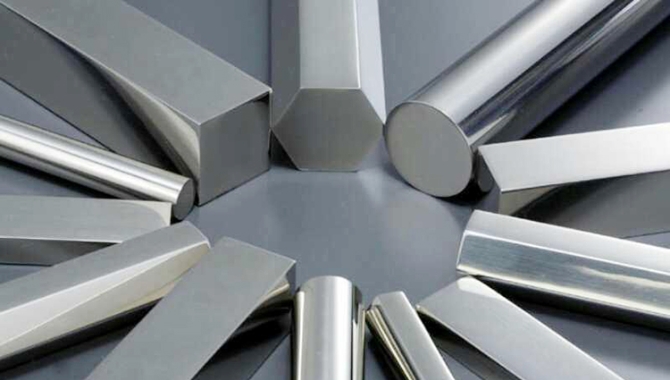
ASS remains important in modern engineering thanks to its outstanding high temperature performance, corrosion resistance and formability. Their adaptability covers many industries from food processing to aerospace. There are some challenges like high costs and stress corrosion cracking but ongoing research in alloying and processing techniques is improving their uses and capabilities.
For sheet metal fabrication services related to any type of stainless steel, contact KDM fabrication. We have over 10 years of experience and have provided sheet metal fabrication services to 100s of clients worldwide.
FAQ’s
How does the corrosion resistance of austenitic stainless steel compare to other types of stainless steel?
ASS normally have better corrosion resistance due to their higher nickel and chromium content. They form a more stable passive film and provide better protection in different environments than martensitic or ferritic grades.
What is the difference between 304 and 316 grades of austenitic stainless?
Grade 316 has 2-3% molybdenum which 304 doesn’t. This addition of manganese increases pitting and crevice corrosion resistance in chloride rich environments. Grade 316 is used for marine applications, while Grade 304 is best for general purpose use.
Can austenitic steel be easily welded, and what are the common problems during welding?
ASS are generally weldable but hot cracking, sensitization, and distortion are common problems in it. Post weld, proper heat input control and filler material are important to sustain mechanical properties and corrosion resistance.




